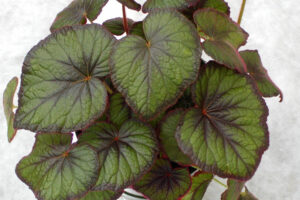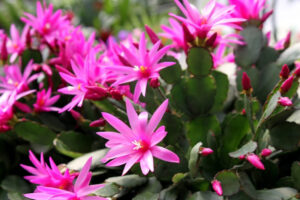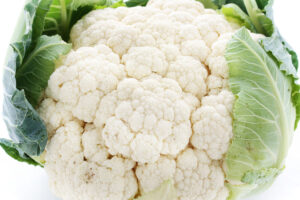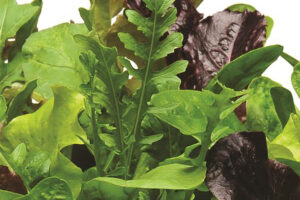Cabbage has a rich tapestry of history that intertwines with human civilization. Its journey began in the Mediterranean and Asia Minor, where it grew wild before being cultivated by ancient peoples such as the Celts, Greeks, and Romans. Over centuries, selective breeding by these early cultivators gave rise to many cabbage varieties, each with distinct characteristics and culinary roles. The Celts were particularly influential, spreading cabbage across Europe as they migrated, cementing their place in the continent’s diverse food traditions.
Early History Through Today
The adaptability of cabbage made it a critical food source in medieval Europe, especially valued during the winter months due to its storability. Monastic communities of the Middle Ages played a vital role in preserving and propagating this vegetable. The Age of Exploration saw cabbage cross oceans, where it became a fixture in the diet of colonists in the Americas, demonstrating a remarkable capacity to acclimatize to new environments.
Hangover Cure
Cabbage is celebrated for its culinary diversity and health benefits, with varieties like the classic green, vivid red, textured Savoy, and gentle Napa, each contributing unique flavors and nutritional advantages to dishes worldwide. Packed with vitamins C and K, dietary fiber, and anti-inflammatory and antioxidant properties, cabbage has historically been lauded as a hangover remedy by cultures such as the ancient Romans and Egyptians. They attributed its high water content and electrolytes to effectively mitigating the aftereffects of alcohol consumption, including rehydration and reducing oxidative stress. Although these nutritional benefits are well-documented, the effectiveness of cabbage as a specific cure for hangovers remains a part of traditional lore rather than being conclusively proven by modern science, with moderation in alcohol intake and proper hydration being the most effective strategies against hangovers.
Cultivation and Care
To successfully grow cabbage in New Jersey’s climate, gardeners should seek out sunny locations with fertile, well-draining soil, ideally with a pH between 6.0 and 7.5. Starting seeds indoors before the last frost or sowing them directly into warmed soil will begin the cultivation process. Plants should be spaced adequately; consistent watering and mulching are crucial for maintaining moisture. Balanced fertilization and pest control are also essential. With proper care, cabbages will grow to their full size and firmness, ready for harvest.
Beyond the Plate
Cabbage’s influence extends beyond the plate. It’s been used medicinally since ancient times, with Romans and Egyptians using cabbage juice to ward off hangovers. In modern cuisine, it’s celebrated in dishes like German sauerkraut, Korean kimchi, American coleslaw, and Eastern European cabbage rolls. It’s also associated with cultural superstitions, such as carrying it for luck on New Year’s Day. Notably, cabbage was so prevalent that it inspired the Cabbage Patch Kids toys, alluding to the folktale of infants emerging from cabbage patches.
From setting a Guinness World Record for the heaviest cabbage to being a recommended food for weight loss due to its low-calorie yet high-fiber content, cabbage remains a plant of historical significance and contemporary relevance. Whether in a backyard garden or on a global scale, the cabbage’s resilience and utility make it as much a subject of fascination as it is a perennial dietary mainstay.





